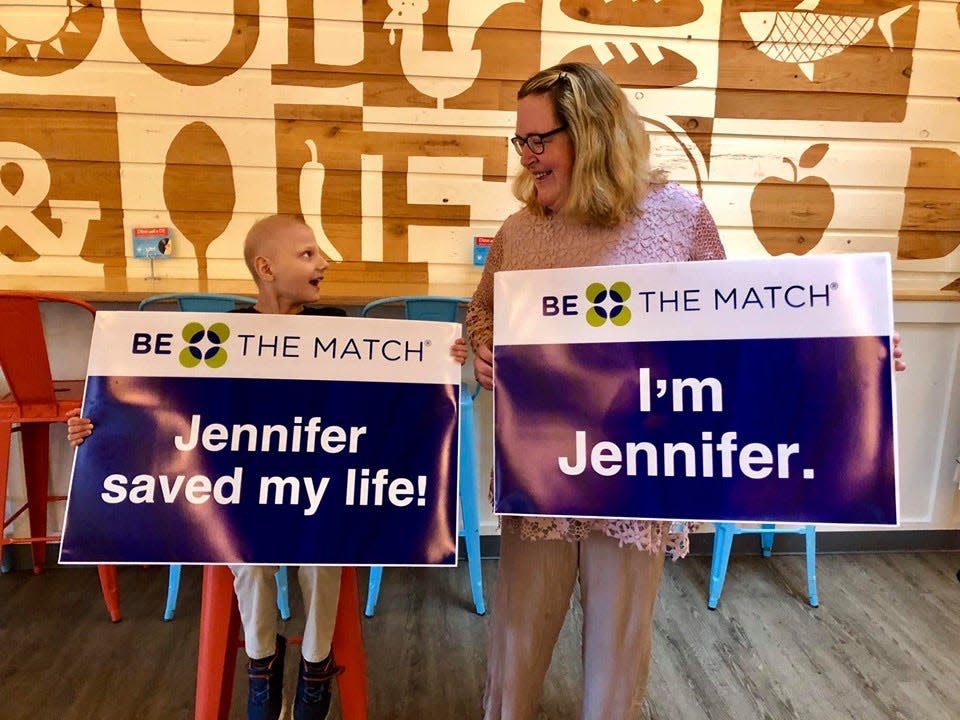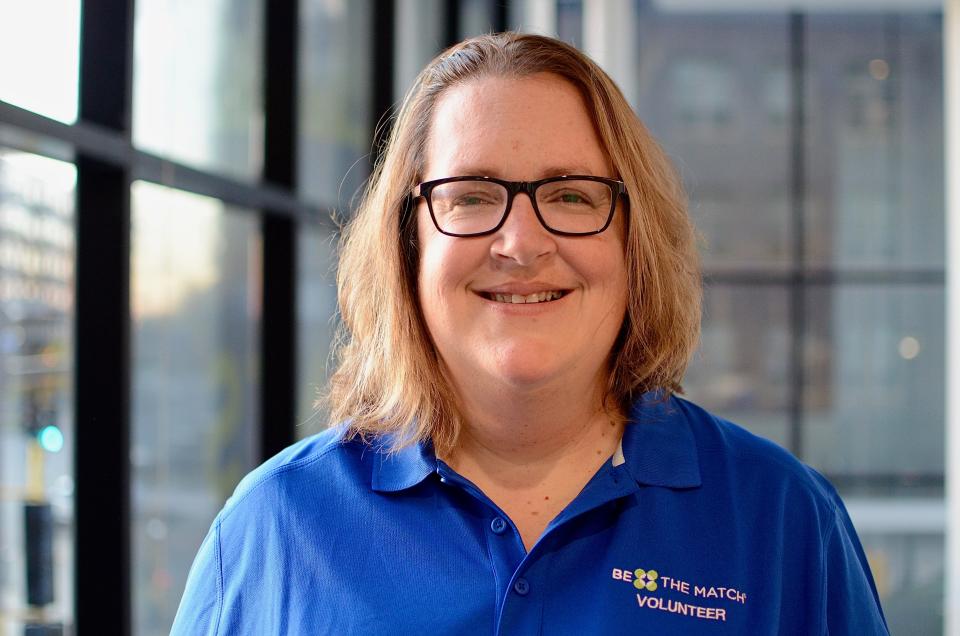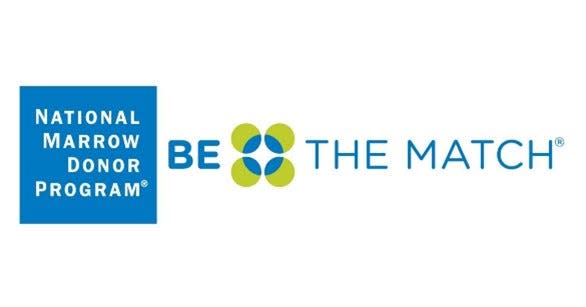Burkburnett woman heads to D.C. to support Life Saving Leave Act
As a teacher and past bone marrow donor, Burkburnett’s Jennifer Hawkins is already a hero. Now, she is again helping others by going to Congress to enact change.

Finding a potential bone marrow donor can be difficult enough, however, on top of that challenge some donors are backing out of the process because they cannot take the time off of work and fear they will lose their jobs, says the National Marrow Donor Program/Be The Change.
Hawkins is going to Washington D.C. this week to show support for the Life Saving Leave Act (H.R. 3024).
On Tuesday, Hawkins will join a group of 50 people with the National Marrow Donor Program and Be The Match volunteers.

In 2019, Hawkins, an elementary teacher with Burkburnett ISD, was able to provide a life-saving donation that helped a young boy in Montana.
Hawkins said because she is a teacher and was not working for a time in the summer, she was able to have the opportunity to donate bone marrow. But for many working adults, taking the time off from work for a similar procedure is not possible.
“As a teacher, I was blessed that my opportunity to donate and save a child's life came up during summertime. But not everyone can take leave from work to donate, and we need to change that so we can save the lives of more people in need,” Hawkins said.
While organ donors may have job protections, the same laws do not apply to bone marrow donors. This means individuals may be risking their jobs to be able to take time off to save the life of another.
The reason for this is that when the Family and Medical Leave Act (FMLA) was created in 1993, bone marrow donation was a relatively new and uncommon procedure. The Life Saving Leave Act aims to close this loophole for these donors.

This act if approved would update the law to include bone marrow and blood stem cell donations. It would provide protection of up to 40 hours of non-consecutive unpaid time off work.
The National Marrow Donor Program says that currently, about half of the donors on the registry are not able to donate when called with many siting the inability to take the time off work or lack of job protection.
The NMDP says securing donors is critical because donations of bone marrow and blood stem cell transplants can cure or treat more than 75 otherwise fatal diseases and conditions.
About 70 percent of individuals in need of a bone marrow or blood stem cell transplant do not have a donor available in their family and rely on the NMDP Registry.
About one-third of patients only have one match and it is critical that the donor can be available to complete the donation.
Learn more about the NMDP and their support of the Life Saving Leave Act at https://bethematch.org/
This article originally appeared on Wichita Falls Times Record News: Burkburnett woman heads to D.C. to support Life Saving Leave Act

